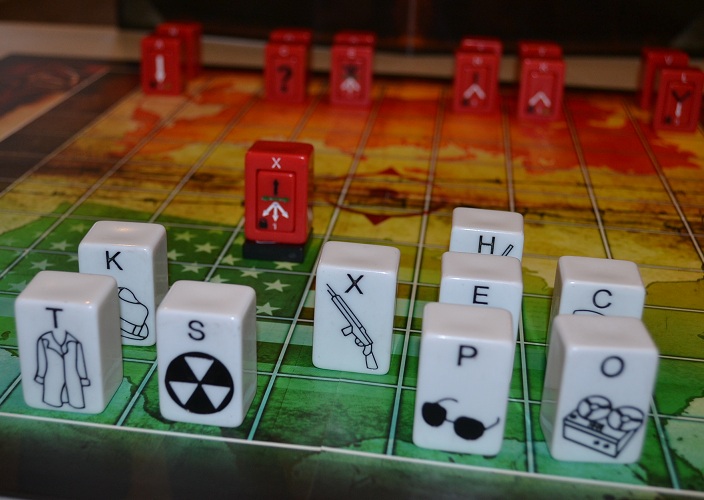

It is only through recovering the hidden histories of personal damage inflicted by ASIO on both lawful protesters and, in some cases, its own agents, that the extent can be revealed. Untold stories behind the headlines in the unseen Cold War battles between Western intelligence agencies and the KGB. The human cost of ASIO's monitoring of domestic dissenters is difficult to measure.
#Espionage cold war professional#
In doing so, it crossed the boundary from being a professional agency that collected, evaluated and transmitted intelligence, to a sometimes politicised but always shadowy presence, monitoring not just communists but also peace activists, scientists, academics, journalists and writers. Why this book Wilderness of Mirrors, written more than 40 years ago by Martin, the still-distinguished CBS News correspondent, remains a classic of espionage nonfiction.

By the 1950s its counterespionage activities were increasingly supplemented by attempts at countersubversion - identifying individuals and organisations suspected of activities that threatened national security. Wilderness of Mirrors: Intrigue, Deception, and the Secrets That Destroyed Two of the Cold Wars Most Important Agents. In the wake of the Second World War and the realisation that the Soviet Union had set up extensive espionage networks around the world, Australia responded by establishing its own spy-hunting agency: ASIO. By interrogating the roles of eight individuals intimately involved…

It is only through recovering the hidden histories of personal damage inflicted by ASIO on both lawful protesters and, in some cases, its own agents, that the extent can be revealed. It wasn’t an expose on officials in the Soviet Union or a worrying account about Cold War attitudes. The human cost of ASIO's monitoring of domestic dissenters is difficult to measure. spies monitoring the Soviet press found an alarming piece in a Russian magazine. In doing so, it crossed the boundary from being a professional agency that collected, evaluated and transmitted intelligence, to a sometimes politicised but always shadowy presence, monitoring not just communists but also peace activists, scientists, academics, journalists and writers On the basis of three case studies of Western and Soviet espionage, this essay will argue that espionage did affect the policies of the Cold War. Tessina camera concealed in cigarette pack (Cold War era) Unlike most commercially available cameras, the Tessina’s small size and quiet operation made it easy to conceal. By the 1950s its counterespionage activities were increasingly supplemented by attempts at countersubversion - identifying individuals and organisations suspected of activities that threatened national security.


 0 kommentar(er)
0 kommentar(er)
